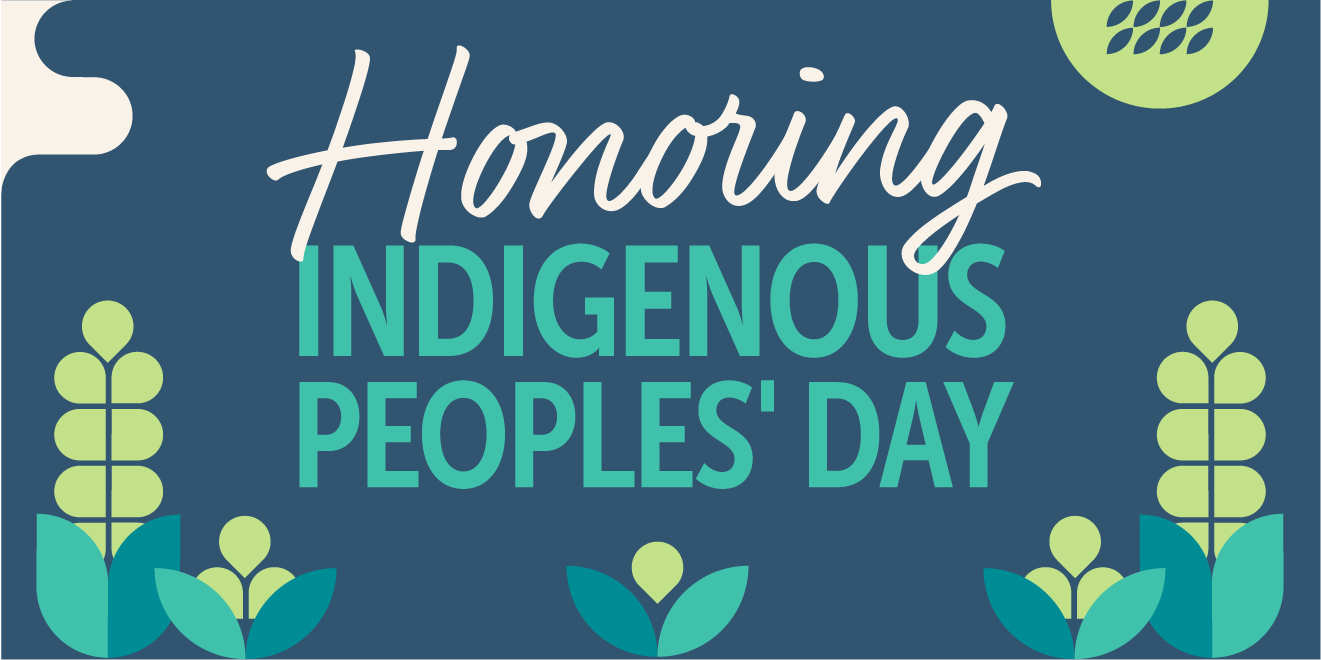
The Life & Legacy of Lakota Medicine Man Martin High Bear
Indigenous Peoples’ Day was made official in Oregon in 2021. This year, we are proud to highlight the life and contributions of Martin High Bear, a Lakota medicine man who founded the local non-profit Wisdom of the Elders, which records and preserves Indigenous history and culture.
Born in 1919, Martin High Bear grew up listening to stories and learning about the importance of his community’s traditions from his maternal grandparents’ friends. The elders bestowed on him an important role: that he would one day become a medicine man who restores the way of his people.
Before he became a medicine man, Martin High Bear worked as a ranch hand, heavy equipment operator, truck rider, and saddle back rider to provide for his family. One day, his stepfather conducted a ceremony uncovering Martin High Bear’s family history, which revealed that his great-grandparents were also medicine people. From that day on, Martin High Bear became a traditional and spiritual healer for his community.
After the 1890 Wounded Knee Massacre, many Lakota worship practices were outlawed and Christianity was enforced. To restore the legalization of their spiritual practices, Martin High Bear worked with other medicine people to promote the passage of the 1978 American Indian Religious Freedom Act. By then, many Lakota community members disagreed on whether mixed Indigenous people were allowed to participate in their spiritual practices. This inspired Martin High Bear to intentionally lead all people, regardless of heritage, in spiritual ceremonies.
Continuing his legacy of restoring Lakota worship practices and cultural values, Martin High Bear co-founded the non-profit Wisdom of the Elders in 1993. The Portland-based non-profit has since produced radio programs, created lesson plans for Oregon schools, and held multiple annual festivals and celebrations.
As an Indigenous traditional healer, Martin High Bear not only served his community when they were ill, but also helped restore his community’s history and practices to create a lasting legacy for future generations.
Sources